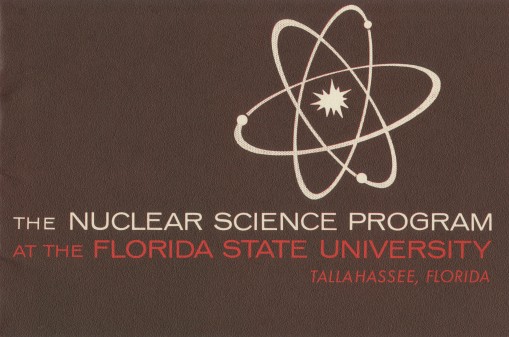I’ve known her — from an ample nation —
Choose One —
Then — close the Valves of her attention —
Like Stone —
I have heeded beautiful tempters…*

All 25 graduates of the Class of 1850.
Open the valves of your attention and heed the beautiful tempters of the Class of 1850, William Austin Dickinson’s class. These students were all known to the Dickinsons, some better than others, some mentioned in Emily Dickinson’s surviving correspondence, some not. The class had 25 graduating members,** and there are daguerreotypes for all of them in the Archives and Special Collections. Unfortunately, most of them are unidentified. Even worse, the class members graduated into a world of extreme facial hair, so in trying to put names to the 22 unidentified daguerreotypes one must attempt to match a smooth-shaven 22-year-old with a hirsute 75-year-old who left off shaving upon leaving Amherst and never picked it up again. Believe me, it hurts:

Daniel Worcester Faunce at his 50th Reunion.
Even so, we know or have good guesses for many of the graduates, in particular those who wear a fraternity pin in their daguerreotype. For example, there were four students known to be in Alpha Delta Phi, Austin’s fraternity. Three of them had been identified earlier, but the fourth remained unidentified until the daguerreotypes were conserved and their details became clear and allowed us to see the fourth student wearing the Alpha Delta Phi pin. By elimination, then, this would be John Howland Thompson, Austin’s roommate in their sophomore and junior years.




Delta Upsilon had three members, Albert Beebe, John Cory, and Daniel Faunce. Beebe had a photograph taken when he became a missionary about five years later, so there’s something to compare against the daguerreotypes showing the Delta Upsilon pin. Faunce had three photographs online, and even though they showed him quite a bit older, they were helpful. Once again, we identified a potential Cory daguerreotype by the third pin.



When all the daguerreotypes were sorted by fraternity pins – or by no pin at all – and sorted against all the identified photographs of class members we found online, we were left with a small group of No Hopers. For this handful, we couldn’t even guess their identities within two possibilities, the way we could with (for example) the five members of Delta Kappa Epsilon, three of whom were comfortably identified (Avery, Garrette, and Newton) with two that had to be one person or the other (Hodge or Nickerson). Even if we had tentative identification for the No Hopers, it wasn’t comfortable. Three of the five remaining are Augustine Milton Gay, Sylvester John Sawyer, and Thomas Morrill Stimpson. They may be these three men — but which is which?



 Another man we couldn’t identify is the Seed King, James J.H. Gregory. Yes, the charitable, ahead-of-his-time Seed King belongs to Amherst, which suggests that we may have missed the opportunity for a cruciferous mascot. Although there are three older photographs of Gregory online, he still proved difficult to identify and we remain of mixed opinion about which student he might be. Unfortunately for our purposes, he doesn’t seem to have belonged to a fraternity, so there was no help available that way either. If we can agree on a match in the future, he should have his own blog post.
Another man we couldn’t identify is the Seed King, James J.H. Gregory. Yes, the charitable, ahead-of-his-time Seed King belongs to Amherst, which suggests that we may have missed the opportunity for a cruciferous mascot. Although there are three older photographs of Gregory online, he still proved difficult to identify and we remain of mixed opinion about which student he might be. Unfortunately for our purposes, he doesn’t seem to have belonged to a fraternity, so there was no help available that way either. If we can agree on a match in the future, he should have his own blog post.
One student identified in a half-proven, half-hopeful way is Henry Shipley, apparently the bad-boy of the class. Shipley spent 1846-47 at Harvard studying medicine (he appears in a catalogue) before he transferred to Amherst in early May of 1847, when he shared a room with Martin Root ’49 in North College (“Shipley is my chum,” wrote Root in his diary). While at Amherst, Shipley was an editor of the student paper the Indicator, which published Emily Dickinson’s valentine in February, 1850. Shipley commented on the valentine coyly, suggesting that he didn’t know the author when–even if Carlo the dog was the only tip-off–he probably knew perfectly well who it was. After Dickinson signs off with “C.,” Shipley answers the valentine in the same romping style.

Shipley proves to be quite a character. William Gardiner Hammond’s “Remembrance of Amherst, 1846-48” describes Shipley and another student sliding into campus drunk after a sleigh ride to and from Northampton:

It would appear from this account that Shipley’s nickname was “Chicken,” and I wish I knew why but I don’t. Now, you know the administration must’ve heard about Chicken’s caper, and sure enough, the Early Presidents Collection contains Henry Shipley’s required “confession,” a document unexamined until now:


Here’s what the letter says:
To the Faculty of Amherst Col.
Gentlemen
In addressing you upon a subject which has weighed heavily upon my mind I shall not attempt any palliation of the fault[.] But wish to express to you as a body, the sincere regret I feel in having thus wounded your feelings by committing such an open violation of your laws.
I know that I have disgraced myself. I feel it deeply. And that alone will I think deter me from the commission of a like offence. But the gratitude, which I owe you for your undeserved clemency in this affair is even a stronger barrier[,] and must not be expressed by me in words, but I shall endeavor to let my actions speak [“for” scratched out] That I may not abuse but repay your kindness is the heartfelt wish of your much obliged & humble sevt’,
H Shipley
Amherst Col’ Feb 29th 1848
The faculty minutes record the request for his confession and the result:

March 1st…A confession from Shipley was read, upon which Voted — that it be accepted.
Shipley got off rather lightly: he wasn’t expelled and his confession seems to have been the end of the matter. However, John Thornton Wood, his partner in crime, was escorted off the property — the faculty minutes record that “Profs Warner & Snell be a com. [committee] to see that he leaves town tomorrow” — and sent home. The minutes are full of notes detailing which faculty member was assigned to write to the fathers of other students to describe their “deficiencies,” “deliquencies,” and “misdemeanors,” and often to take them home. It may be that Shipley’s talents kept him from being dismissed – Hammond mentions Shipley several times and describes him as “a first-prize man,” and Dickinson biographer Al Habegger pegs him as “a gifted reprobate,” identifying Shipley as the student whom Professor Tyler described as “one of the most hardened & hopeless & at the same time one of the most talented men of the Senior Class.” (Wars, p 237.)
Of course, despite the religious nature of the early college, drinking had always been at least an occasional problem. In “the Seed and the Sowers,” F. Curtis Canfield writes of the fall of 1821, shortly after Zephaniah Swift Moore had arrived in Amherst on a cropped-tail horse to take on the presidency of the new college, when “an [Amherst] Academy pupil, one Charles Jenks, had invited certain college students [including a young Edward Dickinson]***…to his rooms after nine o’clock for an oyster supper and ‘that after supper they had cherry rum and gin, that they drank to excess, and that about twelve o’clock they all of them came to the institution and behaved in a very indecent and riotous manner and made great disturbance until one o’clock or later.’ Which goes to show that the authorities couldn’t be too sure, always, that Old Scratch had been driven off Mt. Zion. ‘Segars’ and cherry rum and oyster suppers were a mighty potent combination – the road to infamy and ruin was paved with them.” (Seed, p. 19.)
Shipley seems to have remained on the straight and narrow enough to graduate, even though in his final months at Amherst he managed to insert a story in the Indicator that quotes Swift on the subject of inebriation — it was as if he couldn’t resist poking a finger in the eyes of the administrators who would read the piece:

To be continued,” indeed. Shipley’s subsequent career sounds suitably adventurous. Initially, he returned to Harvard and briefly studied law (he appears in a catalogue for 1850-51), then he is said in later accounts to have been a druggist in Kentucky (presumably using what he learned at Harvard before he went to Amherst). Then he headed west and worked as an editor on several newspapers in California and Oregon. In 1854 we find him as the editor of “the Grass Valley Telegraph,” the newspaper for a gold mining town in Nevada County, California. It was at this post where he met dancer-actress-adventuress Lola Montez, who, in a respite from her career, also took up residence in Grass Valley. In November 1854 Lola and Henry Shipley had at least two documented encounters: in the first, she pulled a gun on him, and shortly thereafter she took a horsewhip to him. The story was recounted in several newspapers — his account and her account were repeated enough to reach Amherst and the eyes and ears of the Dickinsons. They both left Grass Valley in 1855. Shipley’s old acquaintances would have heard of him again in November 1859, when he committed suicide almost a year after he fell off a horse, sustained severe injuries, and suffered from depression. Montez’s earlier taunt, reframed from one Shipley had thrown at her, seemed apt — “Sic transit gloria Shipley.” To recap his career, then:












In attempting to identify Shipley among our daguerreotypes, we must go by a fraternity pin, the number of students attached to a given fraternity, and one source that refers to him as a blonde. And then there is that flamboyant personality. All these things lead me to hope with all my heart that the following image is Shipley because no other daguerreotype suits his biography so well. Note his rings, his manicured fingers, his fancy, patterned neckcloth, and the fraternity pin, gilded by the photographer no doubt at the sitter’s request since no other daguerreotype in this group has this detail. Is he not a beautiful tempter?

************************************************************
* Quotations above from Emily Dickinson, excerpts from Johnson Poem 303 and Letter 35 (April 3, 1850).
**The graduating members of the Class of 1850 are: William Fisher Avery, Albert Graham Beebe, Henry Walker Bishop, John Edwin Cory, Minott Sherman Crosby, William Austin Dickinson, John Graeme Ellery, Daniel Worcester Faunce, Thomas Legare Fenn, Edmund Young Garrette, Augustine Milton Gay, Archibald Falconer Gilbert, George Henry Gould, James John Howard Gregory, Leicester Porter Hodge, George Howland, Jacob Merrill Manning, Jeremiah Lemuel Newton, Joseph Nickerson, David Temple Packard, Sylvester John Sawyer, Henry Shipley, Thomas Morrill Stimpson, John Howland Thompson, and Lyman Richards Williston.
***Polly Longsworth reminds me that Edward Dickinson was among the cherry-rum drinkers in this affair and that his friend Osmyn Baker alludes to it in a letter to Dickinson from this period (the letter is at Harvard’s Houghton Library) .


![]()
















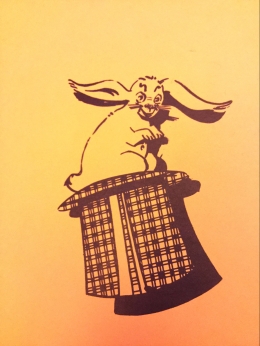








































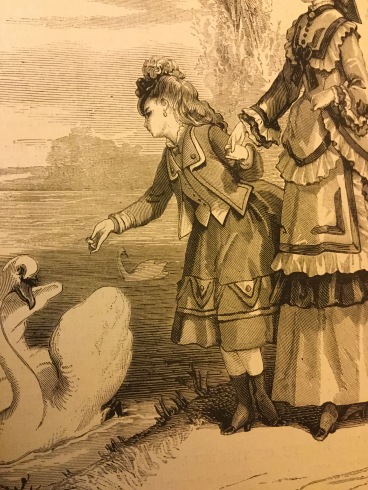
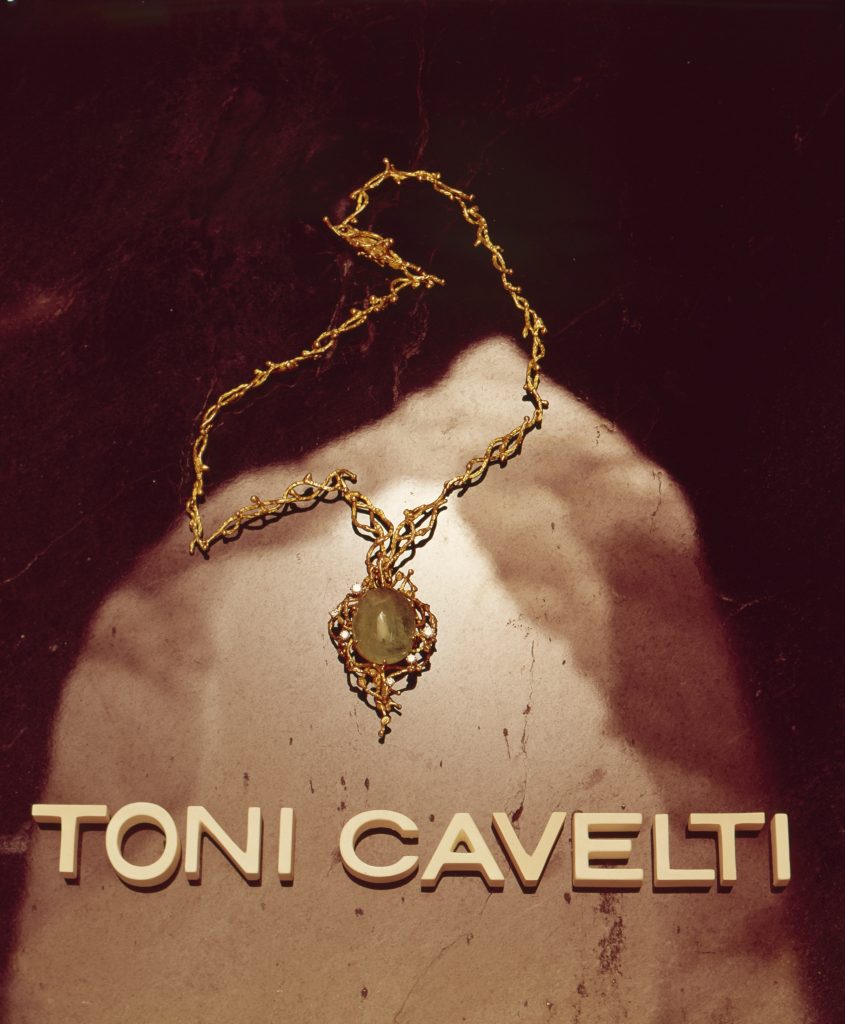
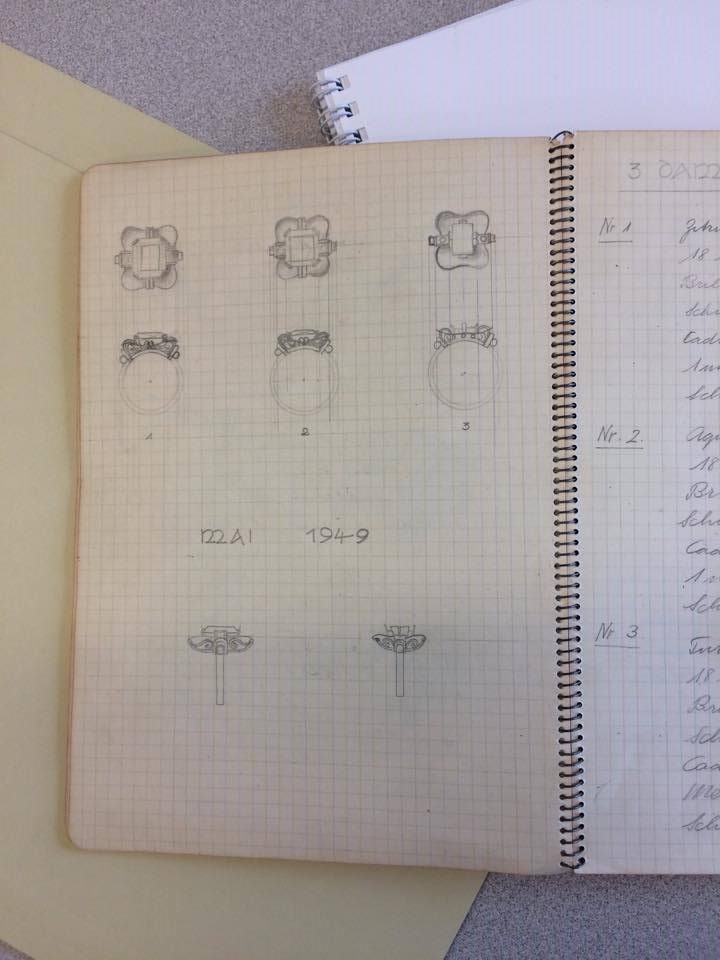


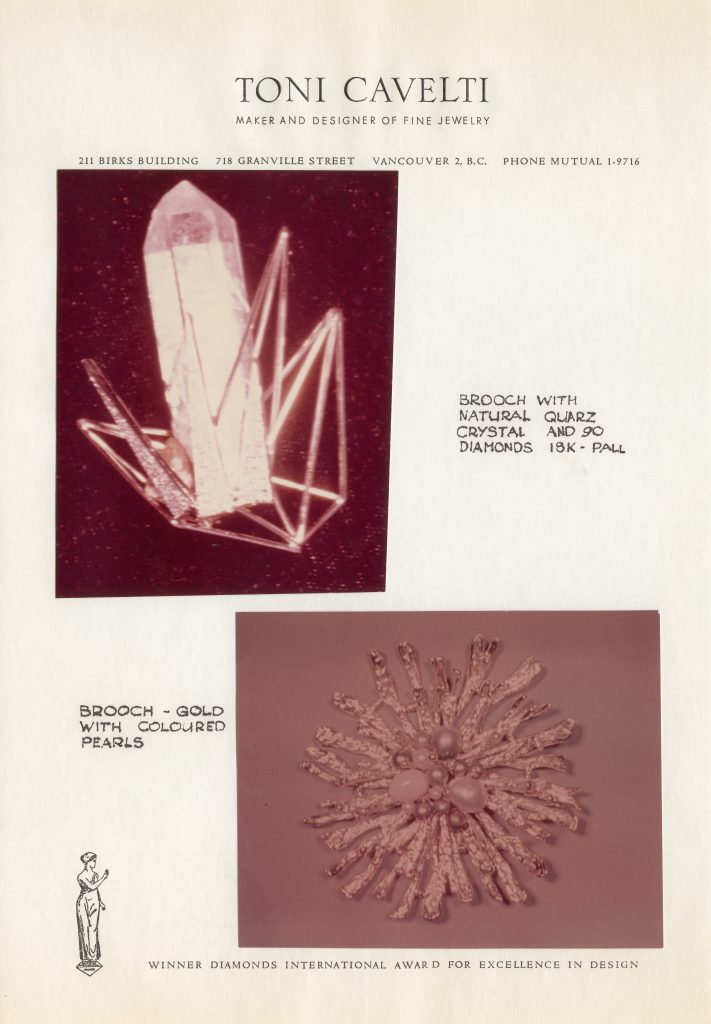
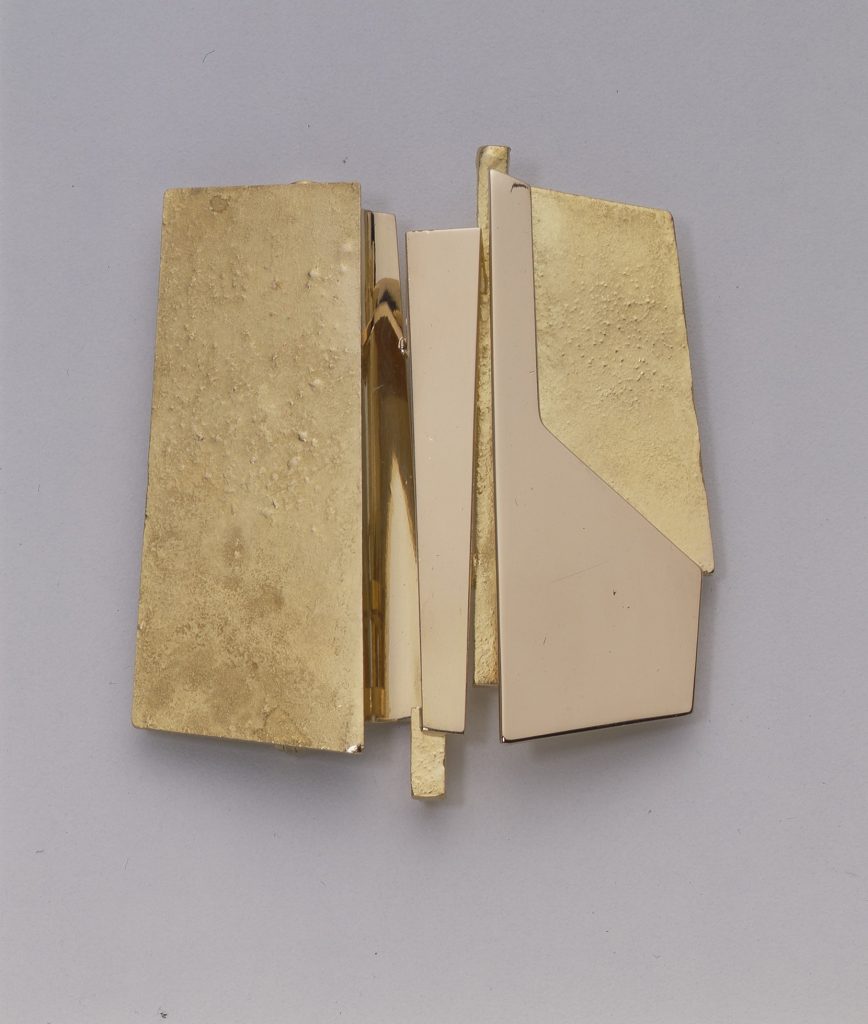
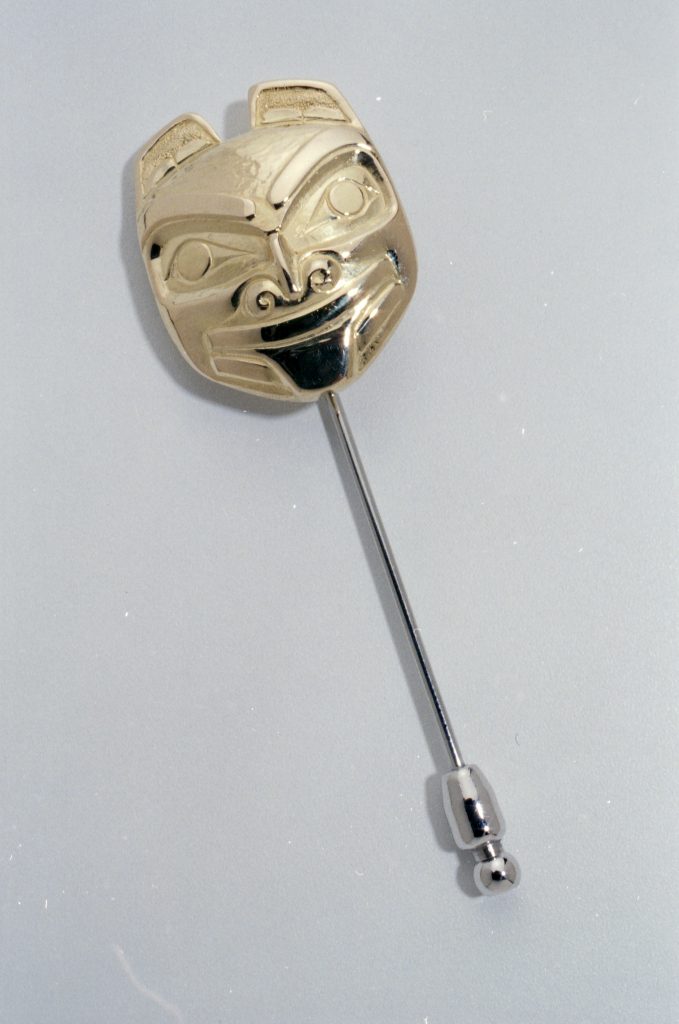
 The
The 